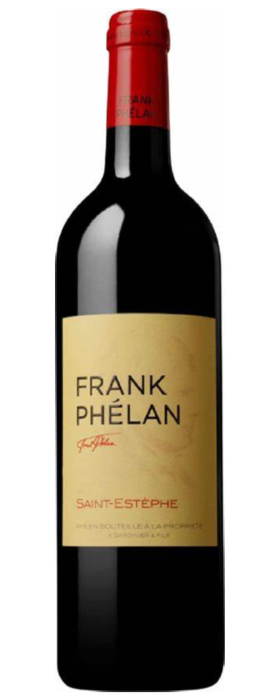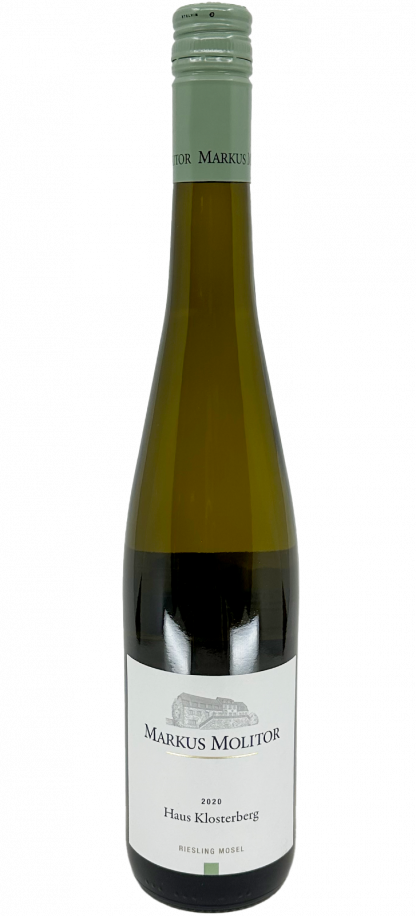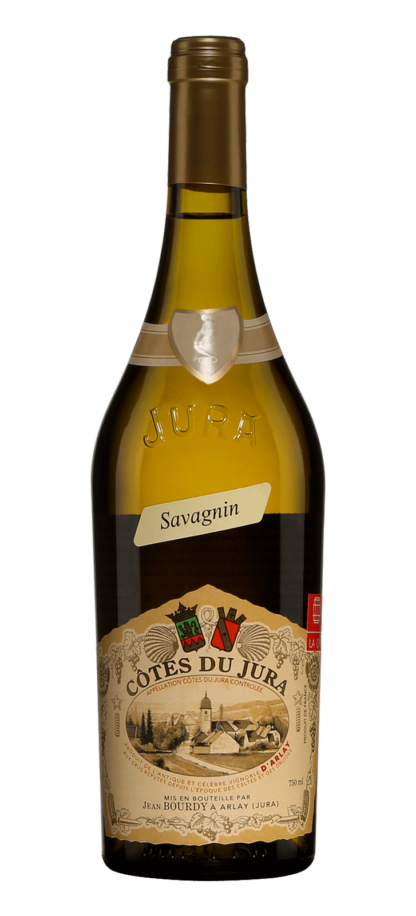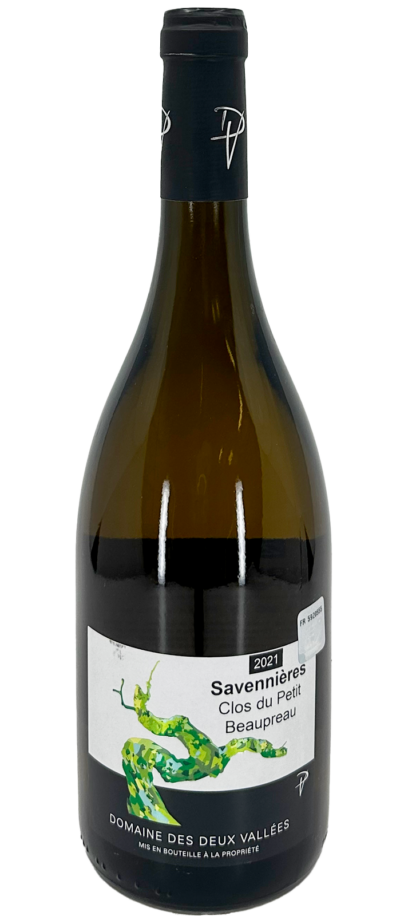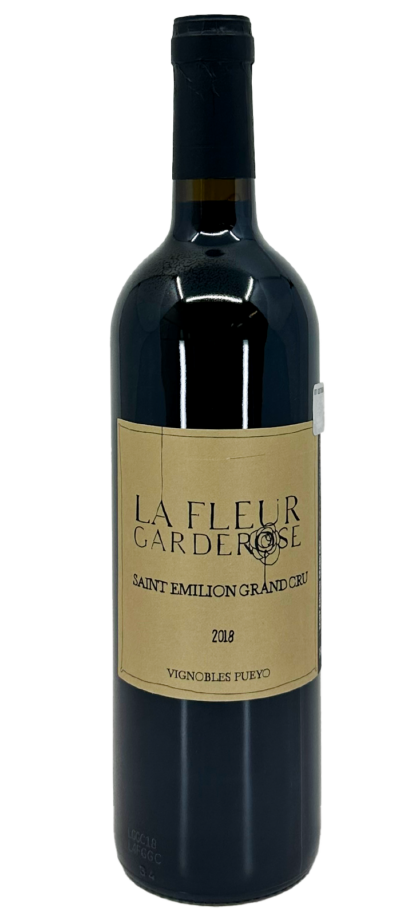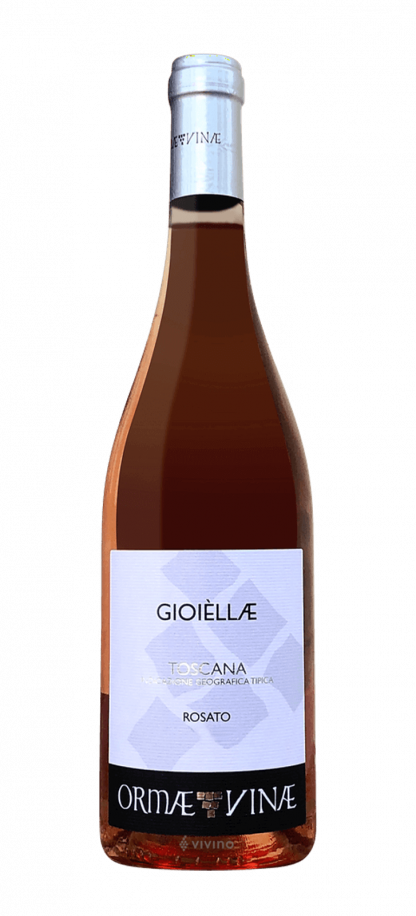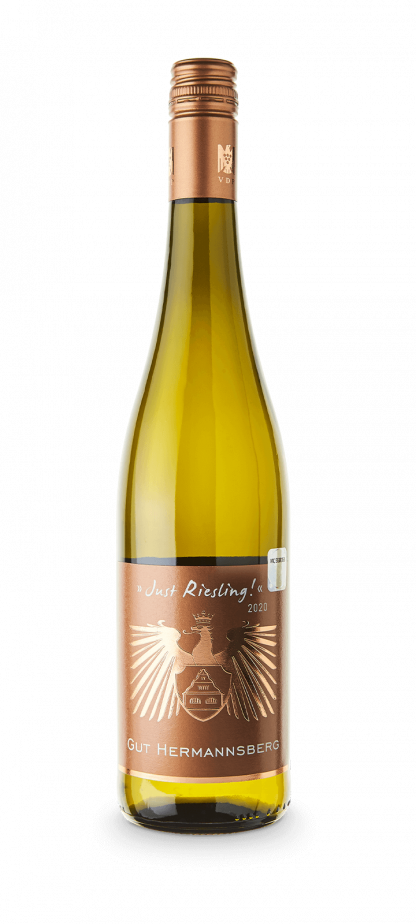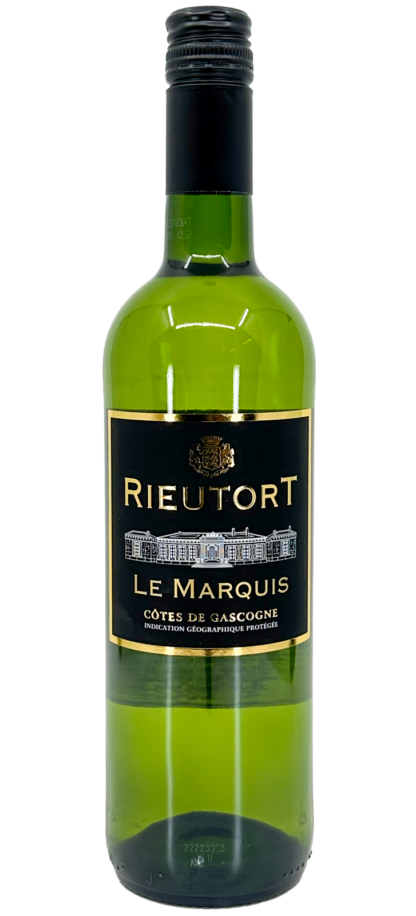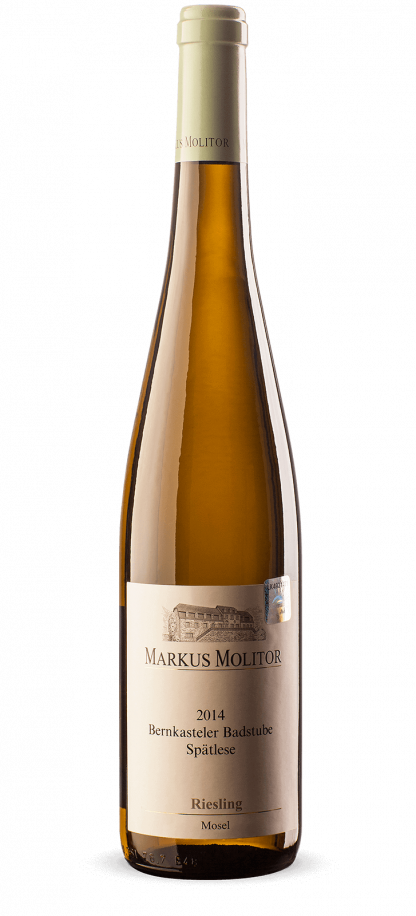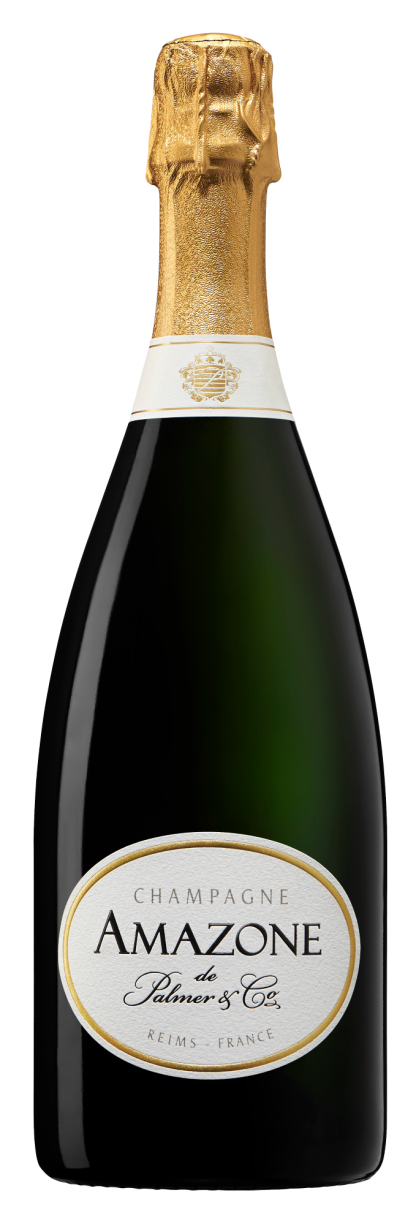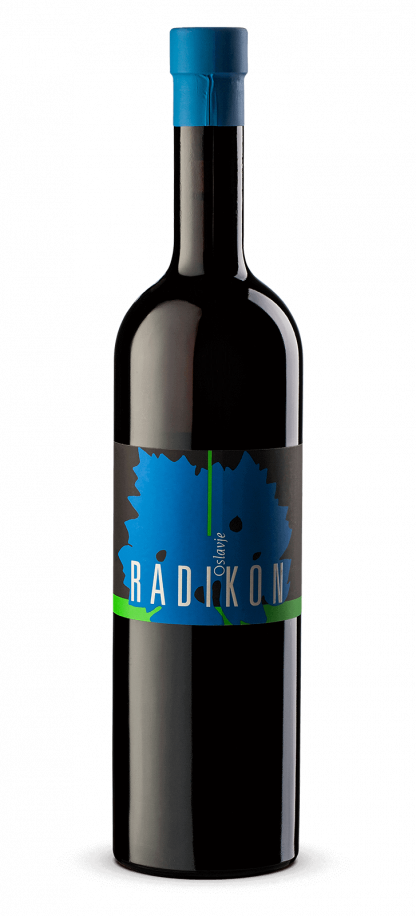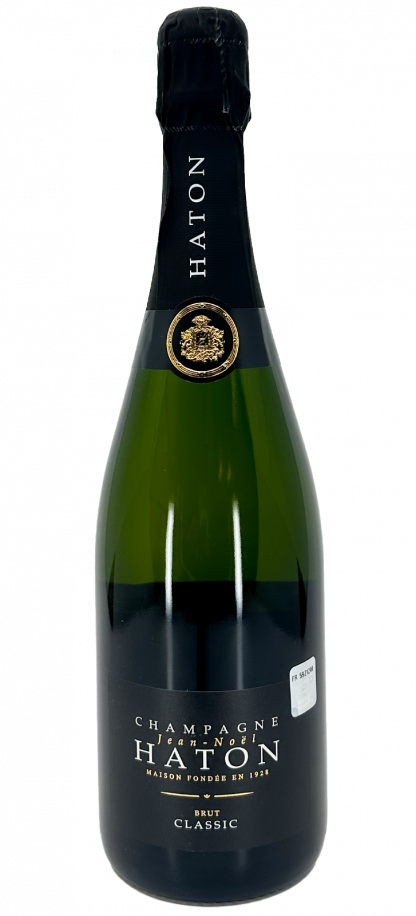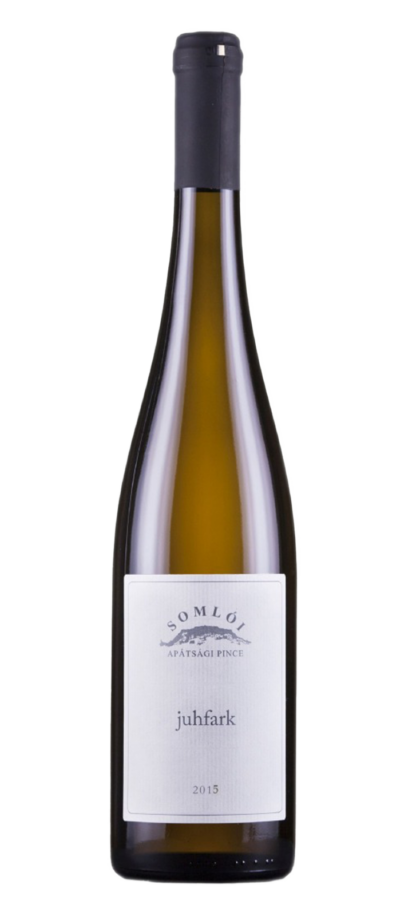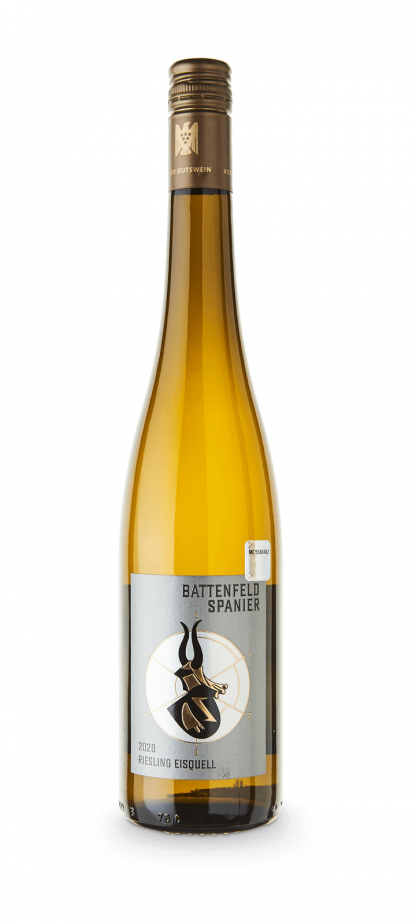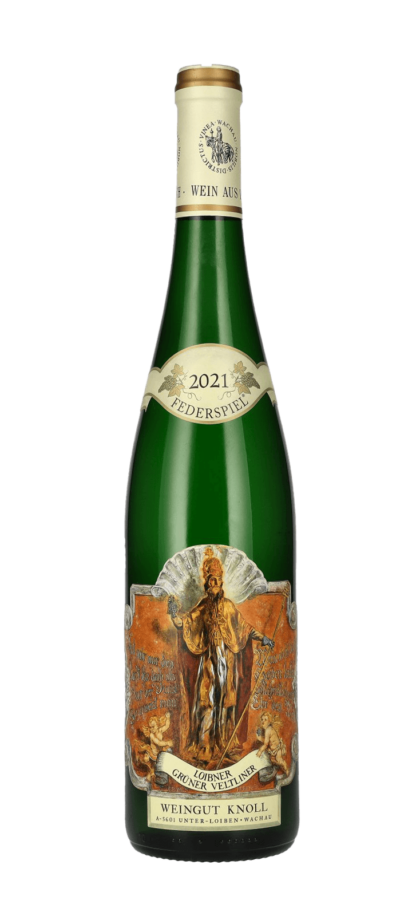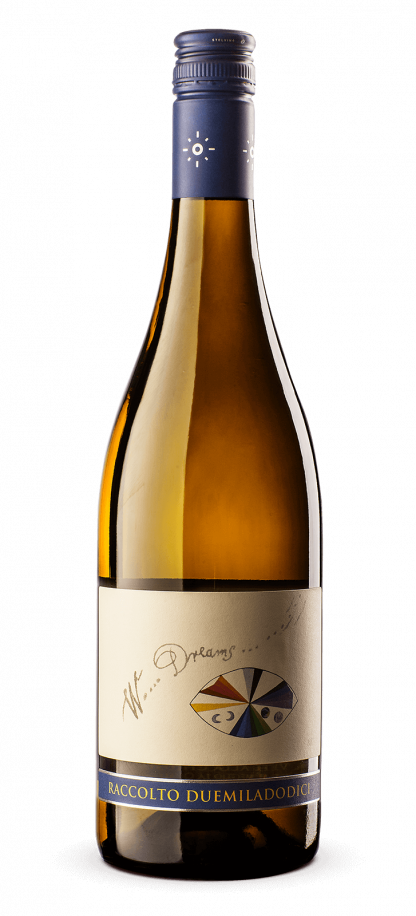Frank Phelan St.Estephe 2015
Cabernet Franc & Cabernet Sauvignon & Merlot | Bordeaux | France | Red Wine | Frank Phelan | 2015 | 0,75 L | 13 %
About
Frank Phelan St. Estephe 2015 is a dry red wine from the Bordeaux region of France, specifically the Saint-Estèphe appellation. This wine is a blend primarily of Cabernet Sauvignon and Merlot, with smaller amounts of Cabernet Franc and Petit Verdot. It represents the second wine of Château Phélan Ségur, known for its structure and complexity.
Tasting notes
Tasting notes reveal ripe dark fruits such as blackberries and plums, complemented by notes of cedar, tobacco, and earthy undertones. The palate is full-bodied with firm tannins and a balanced acidity, leading to a long, refined finish. Its age-worthy nature gives it added complexity as it matures.
Pairing
For food pairings, this wine is a great match with grilled meats, such as lamb or steak. It also pairs well with aged cheeses and hearty stews.
3 in stock
Cabernet Franc
A single-varietal Cabernet Franc wine has medium body and exhibit graphite, green bell pepper and red licorice notes, with darker wines showing more cigar and leather flavors.
Saint-Estephe
Most wines from this sub-region are included in the Cru Bourgeois appellation. The soil is rather loamy and contains little gravel thus slowing down the water drainage. The vines here aren't fond of humidity which is why wine form this region shows the best results in hot harvest years. Wines are characterized by a juicy and fruity taste with soft tannins. The primary grape used in this region is Merlot that allows us to enjoy fairly young wines.
Bordeaux
Bordeaux wines are considered to be the most prestige and renowned in the world. The region is mainly known for its dry red wines made from Cabernet Sauvignon, Cabernet Franc and Merlot grapes, and one can almost always find the word Château (French for „castle”) on Bordeaux wine labels. In order to understand the style of wine most desirable for your taste, it is recommended to try different samples from the Left as well as the Right Bank of The Gironde. Both banks differ not only with different soil, but also with the share of specific wines. There are several classifications in Bordeaux but the main one, introduced in 1855, hasn’t changed since and still impacts wine prices nowadays. A few years later, in 1936, an alternative classification system - Crus Bourgeois - was established. Bordeaux is known for a commerce praxis called en primeur - it means that a buyer can purchase wines immediately after harvest and prior to production for a substantially lower price, thus obtaining the opportunity to sell them for a larger profit later in the future. Bordeaux wines can be described as big, complex and with a strong character, but very friendly at the same time so that each and every wine lover could find something tasty and suitable for a great wine night.






